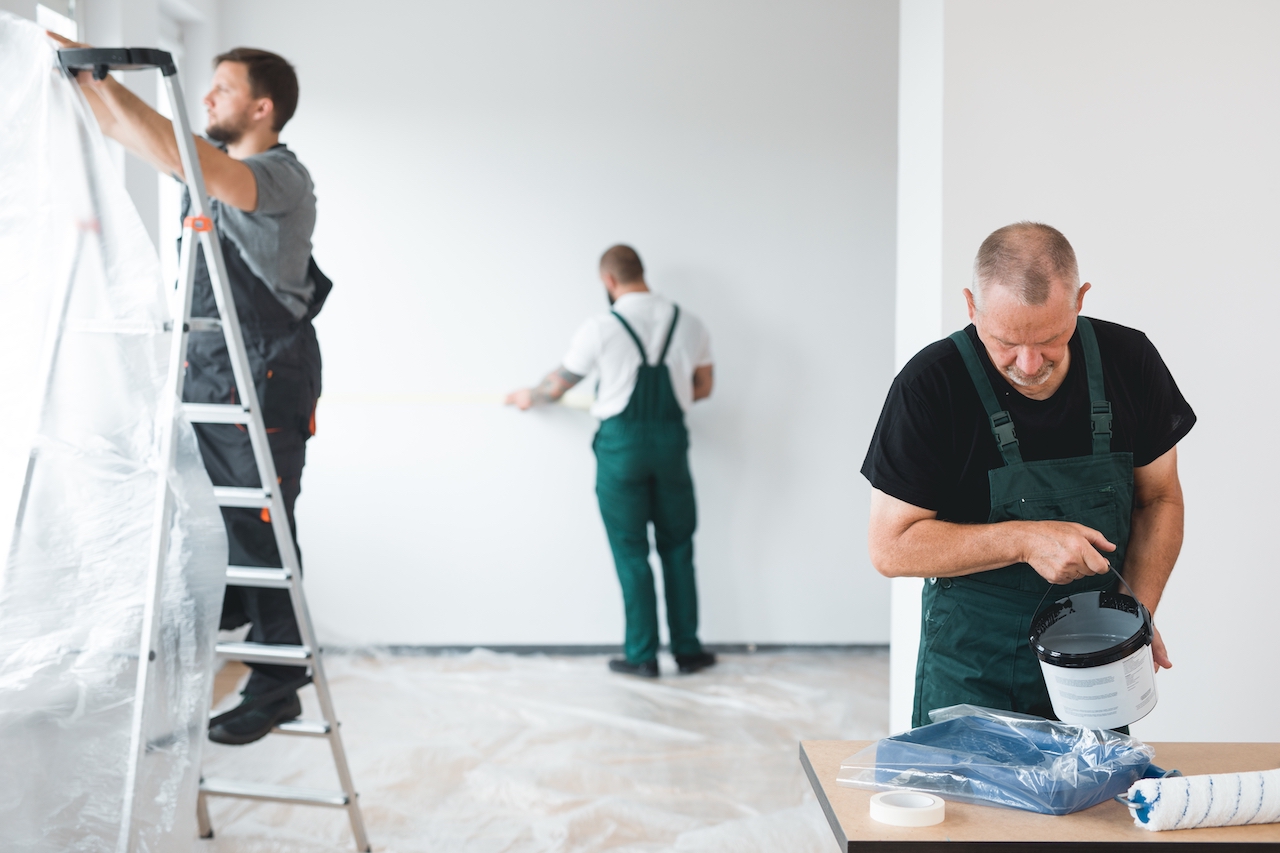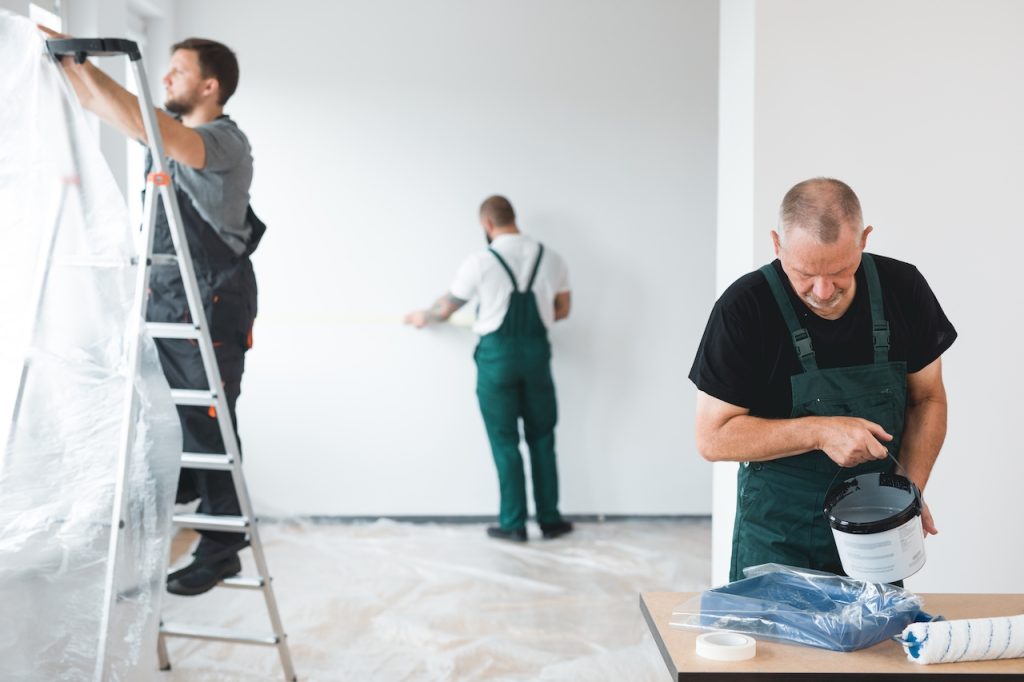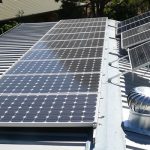Understanding the significance of drainage systems is crucial for ensuring the longevity and structural integrity of retaining walls. Without proper drainage, these walls are prone to issues such as hydrostatic pressure, erosion, and potential failure. Implementing effective drainage techniques is essential for mitigating these risks and ensuring the durability of retaining walls. Also see Gig Harbor landscapers
Address poor drainage soil:
Implementing effective drainage solutions to address poor draining soils behind the retaining wall is crucial. In some cases, the native soil may have poor drainage characteristics, exacerbating drainage issues. The stability of the wall is affected, which can lead to erosion and damage to your property.
Erosion and Wall failure prevention:
Without proper drainage, water can build up, exerting immense pressure on the wall, potentially causing damage and even wall failure. With adequate drainage, the soil behind the wall can become saturated, leading to better drainage conditions. One of the primary purposes of retaining walls is to prevent erosion by holding back soil.
Foundation for stability and durability:
Proper drainage systems are the key to maintaining the structural integrity of your retaining wall. Retaining walls are often subjected to various forms of stress, including hydrostatic pressure from water accumulation behind the wall.
General drainage issues:
- Water accumulation behind a wall can intensely increase hydrostatic pressure which could lead the wall to collapse.
- Utilizing a variety of materials, such as crushed stone and gravel backfill, is essential for achieving proper drainage behind a retaining wall. But an incorrect placement of these drainage stones can lead to compromised drainage conditions, jeopardizing the wall’s structural stability and integrity.
- Water accumulation behind the wall can lead to its eventual failure and create potential wall failure if there are not enough weep holes. Weep holes serve an integral purpose in water management by allowing excess liquids to escape while preventing accumulation. They are small openings in walls designed to facilitate drainage and maintain the structural integrity of the wall.
Effective drainage solution:
- Filter fabric provides an efficient solution that drastically enhances performance while decreasing maintenance needs. It provides water passage while blocking fine particles from entering, significantly improving drainage performance and decreasing maintenance requirements.
- The effectiveness of a retaining wall project hinges on a comprehensive drainage design, which takes into account variables such as wall height, soil composition, and prevailing climate conditions.
- Behind-the-wall drainage systems typically utilize crushed rock or gravel backfill materials to regulate water flow and avert pressure accumulation.
- Drainage pipes are integral components in redirecting water away from walls and preventing debris from impeding drainage pathways, ensuring optimal flow rates are maintained.
Impact of water management on retaining wall stability:
- Backfill materials contribute to increased stability and are crucial for proper drainage. Selecting materials that allow water movement without creating pressure buildup is essential for efficient drainage and avoiding structural issues in your retaining wall.
- Addressing buried water sources, like underground springs or runoff from adjacent properties, is advisable to prevent water from entering the drainage system behind the wall.
















